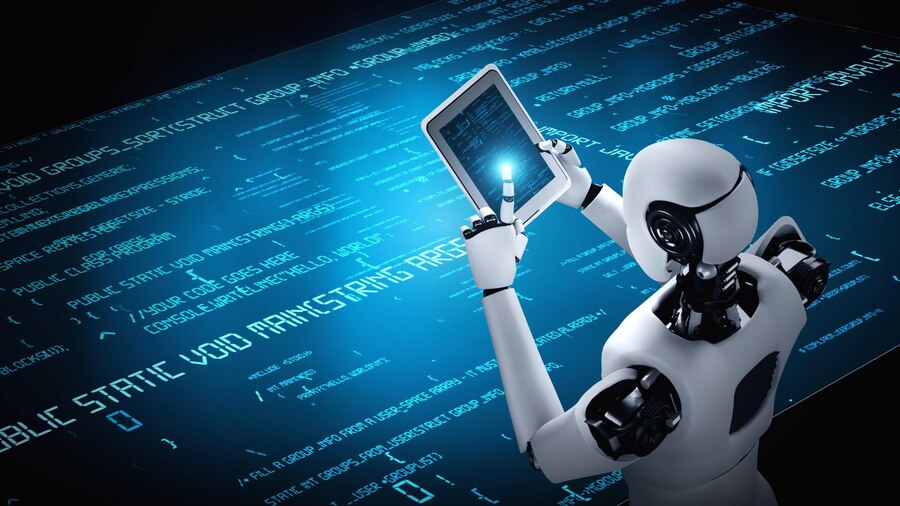
AI-based testing is on the rise, and to make testing smarter, more effective, and more efficient, organizations are adopting AI-based tooling and processes in software testing
With the inclusion of AI and ML in testing, logical reasoning and problem-solving methods can be applied to improve the overall testing process. Further, in this testing method, AI testing tools are used to execute the tests that use data and algorithms to design and perform the tests without any human intervention.
What are the benefits of leveraging AI in software testing?
Visual validation: It helps to make sure that all the visual elements are engaging and can function properly.
- Improved accuracy: with the advent of AI in automation testing, repetitive tasks are handled more effectively and the results are recorded more accurately. Thus, AI helps in removing the minute chances of errors and improves the overall accuracy of tests.
- Better test coverage: AI in testing increases the test coverage as it can check the file contents, data tables, memories, and internal program states seamlessly.
- Saves time, money, and efforts: Software tests need to be repeated whenever there is an instance of change being made in the source code. With AI-driven tests, repetitive tasks are handled properly, quickly, and efficiently.
- Faster time-to-market: AI-driven tests support continuous testing, and thus products are released faster which helps businesses go early-to-market.
- Reduces defects: AI in testing helps in early and fast bug identification, which ultimately reduces the defects and makes the product bug-free, and reliable for end-users.
What are the 4 main categories of AI-driven testing tools?
- Differential tools: These tools leverage AI and ML algorithms to identify code-related issues, security vulnerabilities, regressions, etc. This is achieved through code scanning, unit test automation, etc.
- Visual AI testing tools: Visual AI testing tools that effectively test all variations of these UI layers.
- Declarative tools: These tools leverage AI and ML and have significant abilities related to Robotic Process Automation (RPA), Natural Language Processing (NLP), Model-based Test Automation (MBTA), and Autonomous Testing Methods (AT).
- Self-healing tools: To overcome the problem of flakiness, reliability, and maintenance issues in automation tests, self-healing tools have been developed that are mostly based on a record and playback mechanism, wherein the main ML engine resides in the self-healing of the recorded scripts.
Conclusion
AI-driven test automation tools not only support DevOps practices but also bring in human-like decision-making abilities which ultimately help in releasing high-quality software in less time. Leverage next-gen AI-based testing services by next-gen testing services providers to get faster and quality releases with more efficiency and accuracy.


